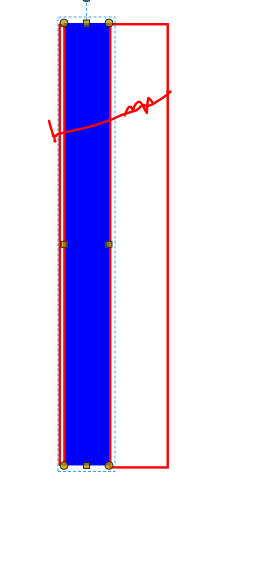DoubleStud
Structural
So I have a project where we frame the wall with conventional 2x6 framing and plywood/osb sheathing. The architect wants to add 3" nail base. Basically 3/4" ply that is glued to eps foam. The spec does not mention anything on how to attach it to the wall framing. The spec just says fasteners per engineer. How do I figure out how to attach it? I am not sure of the capacity of any screws when there is roughly 3" of foam in between. Here is a manual from one manufacturer.

